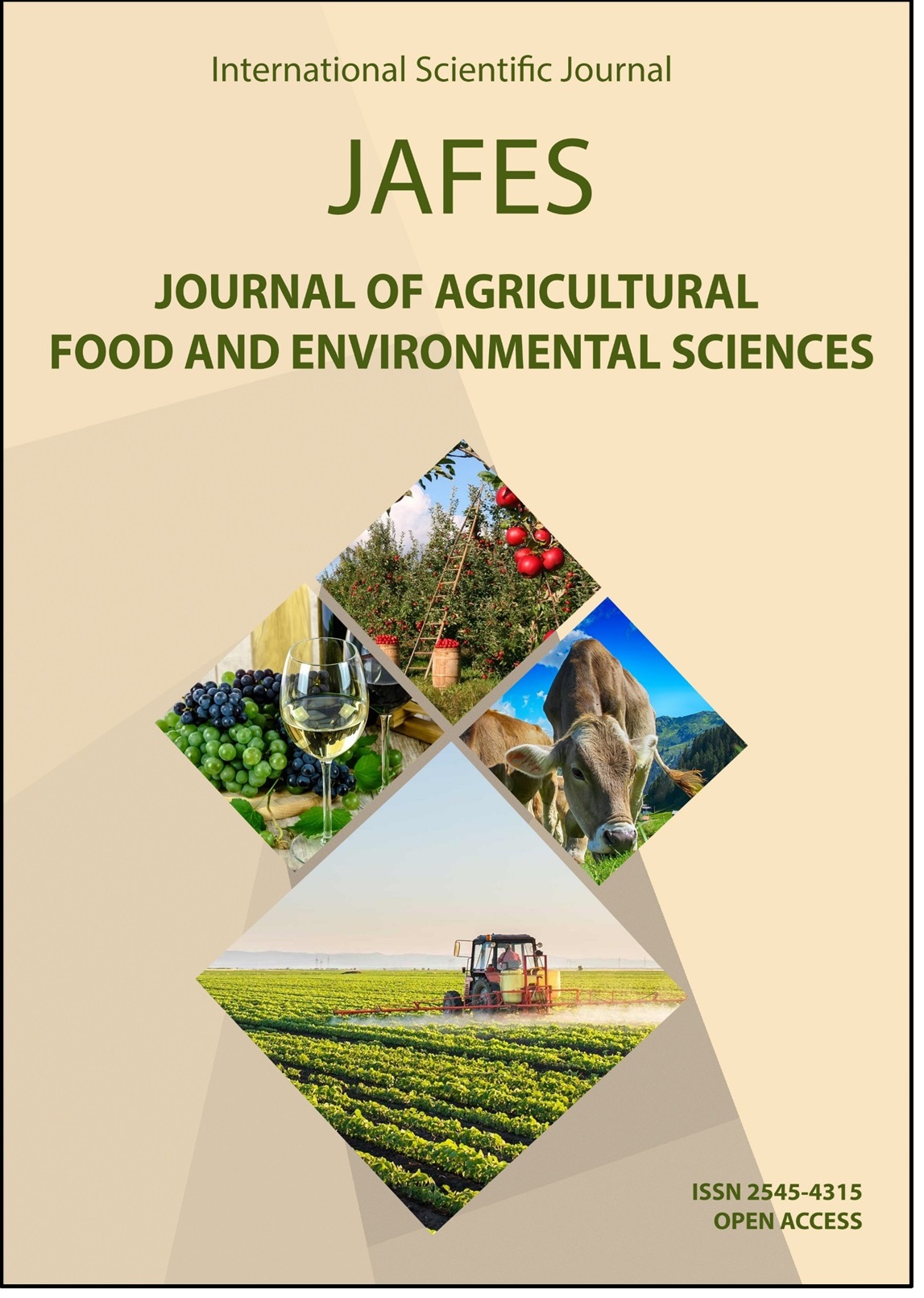BASIC PHENOTYPIC MEASURES OF SERBIAN HOUND AND SERBIAN TRICOLOUR HOUND POPULATION IN BOSNIA AND HERZEGOVINA
Клучни зборови:
hounds, phenotypic measures, population, standard.Апстракт
Along with indigenous hound breed Barak, a large number of hounds used in hunting in Bosnia and Herzegovina belongs to breeds Serbian Hound, Serbian Tricolour Hound and Posavatz Hound. So far, the population of these breeds in Bosnia and Herzegovina has not been the subject of research. The aim of this paper is to describe basic phenotypic parameters of Serbian Hound and Serbian Tricolour Hound from Bosnia and Herzegovina, to determine whether the obtained values meets the values defined by standards for these breeds, and is there any significant difference between the populations of dogs in Serbia and Bosnia and Herzegovina. The study was conducted on 38 dogs, including 20 Serbian Hounds (11 males and 9 females), and 18 Serbian Tricolour Hounds (10 males and 8 females). The following parameters were measured on each dog: the height at withers, the body length the length of head, the length of scull, the length of muzzle, the girth of chest. The measurements were performed using Litin rod, moving scale with nonius and the tape. Based on the results obtained from this research, it can be concluded that the Serbian Hound does not have large deviations from the values defined by standard, nor the differences between the populations of dogs in home country and Bosnia and Herzegovina. In the Serbian Hound, a significant statistical difference is observed between the genders in following parameters: the height at withers, the length of head and the length of scull. In the Serbian Tricolour Hound, the males observed to be higher than height interval from standard for this breed, while the females remained in the values defined by standard. A very significant statistical differences between the genders were determined in all measured parameters for Serbian Tricolour Hound.
Референци
Drobnjak, D., & Urošević, M. (2009). Poreklo i eksterijerne karakteristike srpskog žutog goniča sa područja zapadne Srbije, [Origin and exterior characteristics of the Serbian yellow hound from the area of western Serbia]. Zbornik radova 8. Kongresa veterinara Srbije sa međunarodnim učešćem, Beograd, pp. 534-541
FCI breed nomenclature (2019). http://www.fci.be/en/nomenclature/6-Scent-hounds-and-related-breeds.html
Laska, F. (1905). Das Waidwerk in Bosnien Un Der Hercegovina [The hunting in Bosnia and Herzegovina]. Klagenfurt
Pavlović, S., & Antić, S. (1954). Balkanski gonič [Balkan hound], Veterinarski arhiv, Zagreb, knjiga XXIV/1954, svezak 1/2, pp. 29-37
Serbian Hound Standard, FCI No 150 (2003). Federation Cynologique Internationale – FCI http://www.fci.be/Nomenclature/Standards/150g06-en.pdf
Serbian Tricolour Hound, FCI No 229 (2002). Federation Cynologique Internationale - FCI http://www.fci.be/Nomenclature/Standards/229g06-en.pdf
Urošević, M. (2006). Srpski i slični goniči [Serbian and similar hounds], Kinološki savez Srbije i Crne gore, Beograd
Urošević, M., Latinović, D., & Špoljarić, B. (1988). Komparativna ispitivanja osnovnih karakteristika telesne razvijenosti balkanskog, jugoslovenskog trobojnog i jugoslovenskog planinskog goniča, [Comparative examinations of basic characteristics of the physical development of Balkan, Yugoslav tricolour and Yugoslav mountain hound], Referat na Savetovanju o domaćim rasama goniča, Valjevo, Serbia



